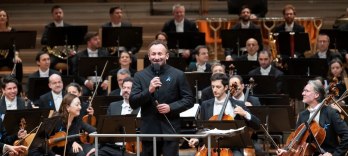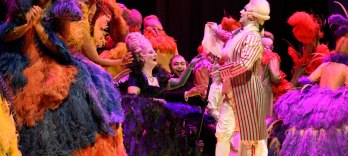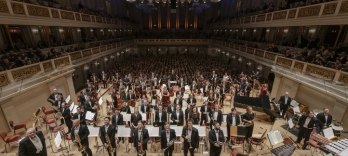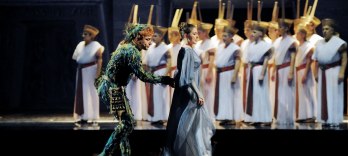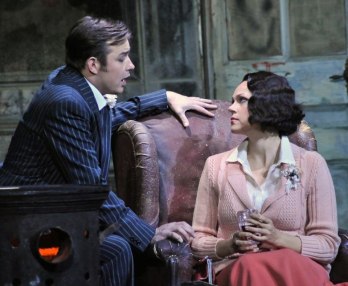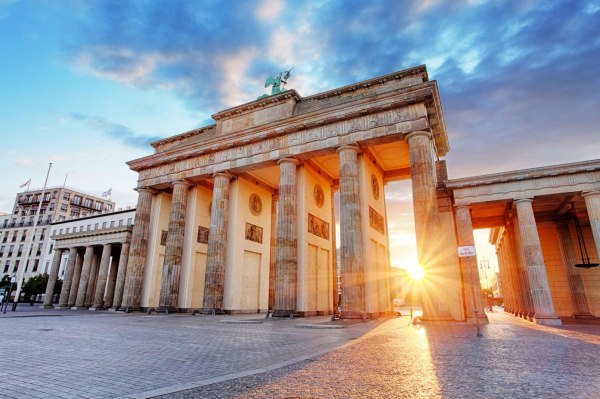Berlin Tickets | Berlin Opera Tickets | Berlin Concerts Tickets
What's on
Berliner Philharmonie
Berlin - Berliner Philharmonie
Sa 13 Dec 2025, 19:00 - 21:15 - Sa 20 Jun 2026, 19:00 - 21:10
Sa 13 Dec 2025, 19:00 - 21:15 - Sa 20 Jun 2026, 19:00 - 21:10
Deutsche Oper Berlin
Berlin - Deutsche Oper Berlin
Sa 13 Dec 2025, 19:00 - Th 18 Dec 2025, 19:30
Sa 13 Dec 2025, 19:00 - Th 18 Dec 2025, 19:30
Konzerthaus Berlin
Berlin - Konzerthaus Berlin
Sa 13 Dec 2025, 19:00 - 21:15 - Su 05 Jul 2026, 16:00 - 17:45
Sa 13 Dec 2025, 19:00 - 21:15 - Su 05 Jul 2026, 16:00 - 17:45
Cirque du Soleil
Berlin - Theatre at Potsdamer Platz
Sa 13 Dec 2025, 16:00 - Su 02 Aug 2026, 13:00
Sa 13 Dec 2025, 16:00 - Su 02 Aug 2026, 13:00
Berliner Philharmonie
Berlin - Berliner Philharmonie
Sa 13 Dec 2025, 22:00 - 23:10 - Sa 13 Dec 2025, 22:00 - 23:10
Sa 13 Dec 2025, 22:00 - 23:10 - Sa 13 Dec 2025, 22:00 - 23:10
State Opera Unter den Linden
Berlin - State Opera Unter den Linden
Sa 13 Dec 2025, 19:00 - 22:00 - Su 24 May 2026, 19:00 - 22:00
Sa 13 Dec 2025, 19:00 - 22:00 - Su 24 May 2026, 19:00 - 22:00
Bestseller events
Latest news
Visit Berlin and buy now online tickets for Berlin Philharmonic. Ticket agency in Berlin guarantees the best prices for Berlin Philharmonic performances. Book now best seats for new season performance...

 EN
EN DE
DE IT
IT FR
FR ES
ES RU
RU JP
JP RO
RO
